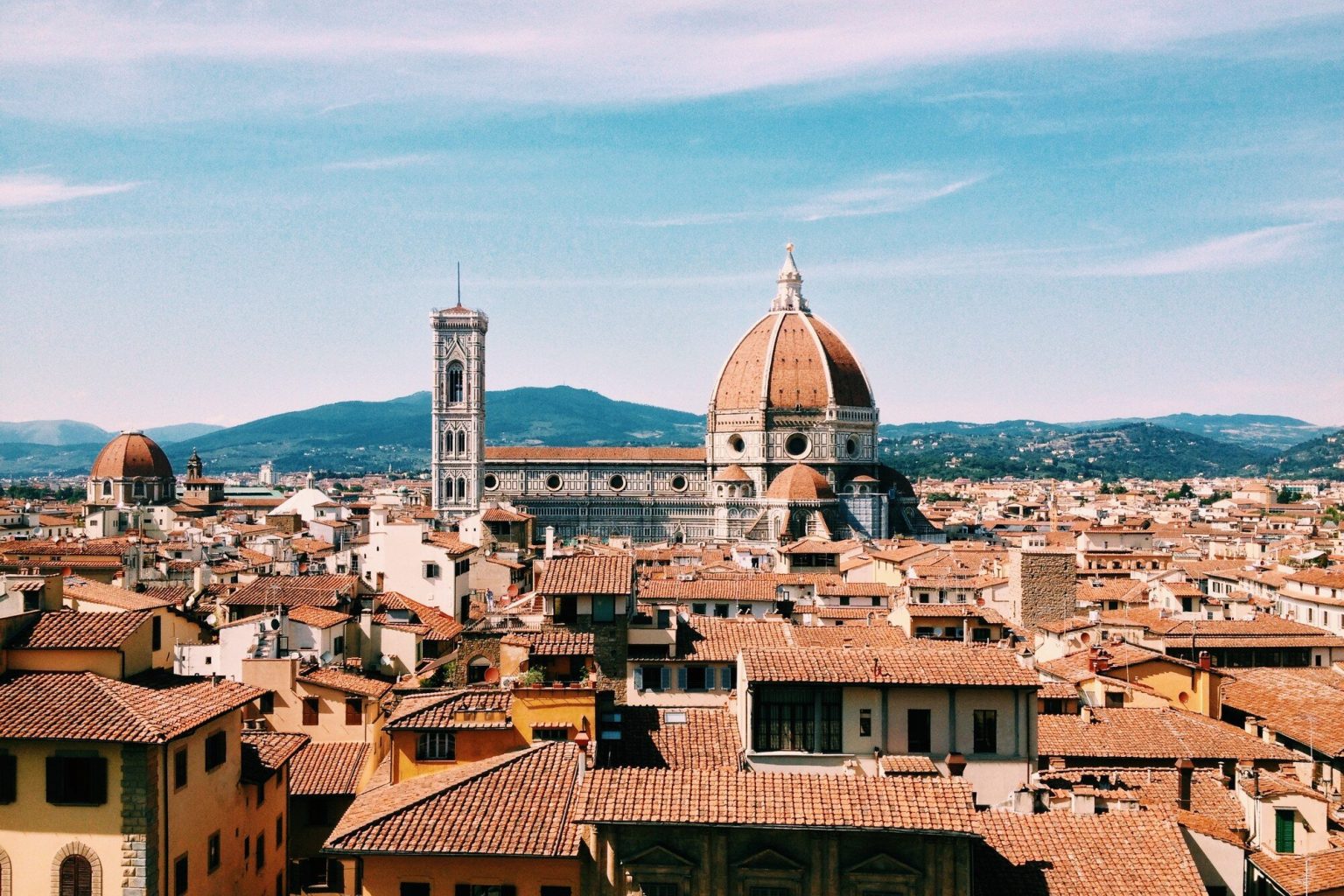Italy is renowned for its rich cultural heritage and architectural wonders. Among the many awe-inspiring landmarks in the country are the Brunelleschi Dome and Antiquarium of Pompeii. In this article, we will delve into the history and design of these two magnificent structures and explore what makes them so special.
The Brunelleschi Dome and Antiquarium of Pompeii are two remarkable structures that have stood the test of time. They are a testament to the skill and creativity of the architects who designed them, as well as the resilience of the cultures that produced them. We must continue to prioritize the preservation of such architectural marvels for the benefit of future generations.
Brunelleschi Dome
History and Construction
The Brunelleschi Dome, located in Florence, Italy, was designed by Filippo Brunelleschi in the early 15th century. It was constructed between 1420 and 1436 as part of the Santa Maria del Fiore Cathedral. The construction of the dome was a feat of engineering at the time, as the dome had to be built without the use of scaffolding. Instead, a complex system of wooden frames and ropes was used to support the workers as they built the dome from the inside out.
Design and Features
Shape and Dimensions
The Brunelleschi Dome is an octagonal dome that spans over 140 feet in diameter and reaches a height of over 370 feet from the ground. It is made up of two shells, an inner dome made of brick and an outer dome made of sandstone. The dome also features a lantern at the top that allows light to enter the cathedral.
Materials and Techniques
The construction of the Brunelleschi Dome used a variety of materials and techniques. The inner dome was built using a herringbone pattern of bricks, while the outer dome was constructed using a lighter sandstone material. The dome was also reinforced with iron chains to provide additional support.
Significance and Legacy
The Brunelleschi Dome is considered a masterpiece of Renaissance engineering and architecture. Its construction paved the way for new techniques in dome construction and engineering. The dome also played an important role in the history of Florence, as it became a symbol of the city and its power during the Renaissance.
Antiquarium of Pompeii
History and Discovery
The Antiquarium of Pompeii is a museum located in the ancient city of Pompeii, Italy. It was created in 1873 to house the artifacts and remains discovered during the excavation of the city after it was destroyed by the eruption of Mount Vesuvius in 79 AD. The museum contains a vast collection of artifacts and exhibits that provide insight into the daily life of the ancient Romans.
Design and Features
Layout and Exhibits
The Antiquarium of Pompeii is divided into several sections that showcase different aspects of life in ancient Pompeii. The exhibits include pottery, sculptures, frescoes, and other artifacts that provide a glimpse into the daily life of the ancient Romans.
Artifacts and Displays
One of the most notable artifacts on display at the Antiquarium is the plaster casts of the victims of the eruption of Mount Vesuvius. These casts were created by pouring plaster into the hollow spaces left behind by the decayed bodies of the victims.
Significance and Legacy
The Antiquarium of Pompeii is an important museum that provides valuable insights into the history and culture of the ancient Romans. It also serves as a reminder of the destructive power of nature and the importance of preserving historical landmarks.
Comparing the Two Structures
Similarities
The Brunelleschi Dome and Antiquarium of Pompeii both represent important cultural landmarks in Italy. They were also both constructed during different periods of Italian history, and their design and construction techniques reflect the technological advancements of their respective eras.
Differences
The Brunelleschi Dome is a large architectural wonder that represents the skill and creativity of Renaissance architecture, while the Antiquarium of Pompeii is a museum that displays artifacts from the ancient Roman city of Pompeii. The Brunelleschi Dome is also an active religious site, while the Antiquarium is a museum.

